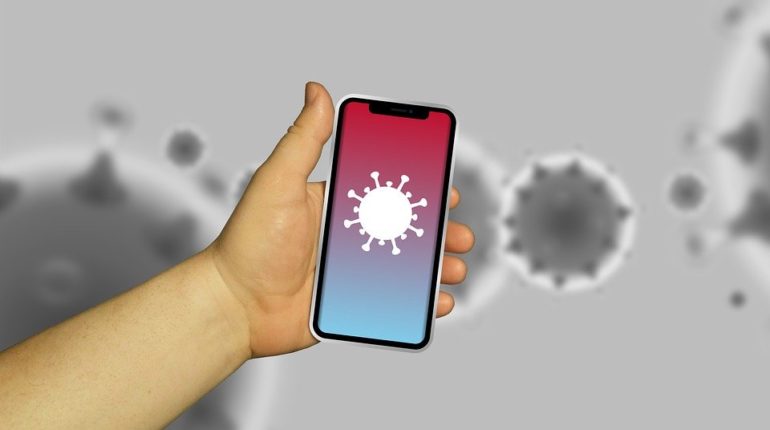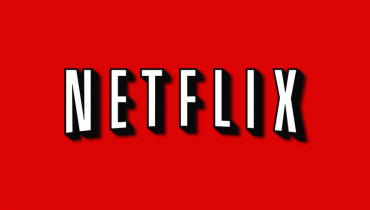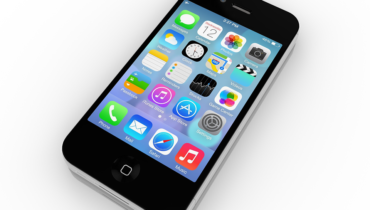Today the healthcare market is witnessing a steady flow of mobile applications thanks to innovations in software applications and changes in the whole way of looking at problems and solutions.
The accessibility of products such as smartphones, tablet computers and personal digital assistants continues to drive the entry of increasingly complex mobile applications into the healthcare market.
The World of Mobile Applications
Developers use the mobile platform to provide a variety of useful health related applications. iPhone, Android, cloud computing and many other mobile devices from the developer have made their way into the health sector in a short span of time, giving patient health an extra boost. Developing mobile healthcare technologies provide consumers with real-time care. Doctors now agree that mobile health practices are a better way to provide better patient care.
Apple came out with the third generation iPad last month. It has several features that are of interest to the medical community. Increased graphics capabilities and camera resolution combined with high-speed internet, opened up new avenues for applications in telemedicine and m-Health in general. The high-resolution ‘retinal view’ provides radiologists with a better view of the images. This model with an enhanced HD screen will set the stage for some clinical use, argue some experts. The iPad is also gaining popularity in the medical academic field.
Many hospitals and clinics are on the path to adopting e-health apps today. Take for example the Sarasota Memorial Hospital, Florida and the Memorial Hermann Healthcare System, Houston, where the iPhone is widely used. For “anywhere anytime computing”, they found the iPhone to be the best platform for running the applications of their choice. Texas Health Resources, a healthcare provider with 24 hospitals, has half a dozen smartphone and tablet apps that run on iOS and Android.
Health Application “Non-phone”
It looks like the time has come for wireless health devices “without cell phones”. AT&T recently launched child tracking devices and personal monitoring devices aimed at senior citizens in addition to GPS locators which paved the way for further innovations in tracking technology. The company already sells “BioHarness” physiological monitors that record heart rate and other related data. It plans to sell this tracking device embedded in clothing and provide the wireless connectivity needed to push the collected data to the web and smart phones. It has also identified a market with senior citizens, particularly those who wish to remain in their homes. He hopes that once the app starts feeding health care providers with the latest information without interruption, large populations – young and old, healthy and chronically ill, will look for their condition to be monitored. According to company officials, this will increase the demand for this new device.
According to a study by the Boston Consulting Group and Telenor Group, the cost of Mobile Healthcare for the elderly will drop by 25% and that it will positively affect the economic growth of nations and promise a better life for individuals. Projections of the 2011 m-Health Health Report show the number of people using the Mobile Health App to touch 500 million. That means for the next two years the health care market will be exciting for us.


